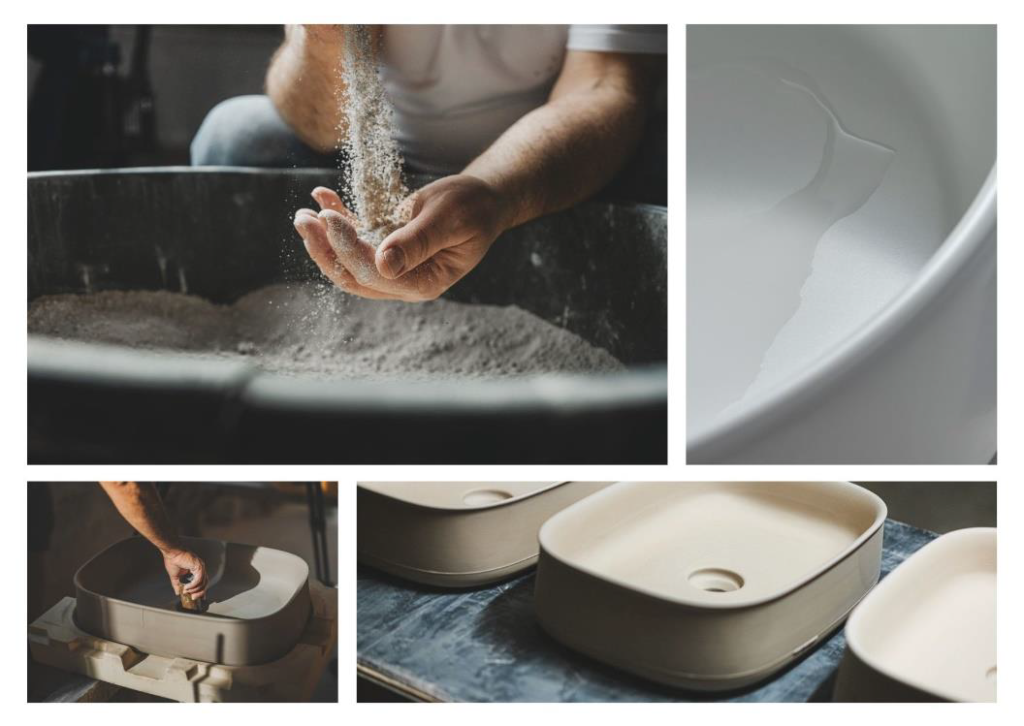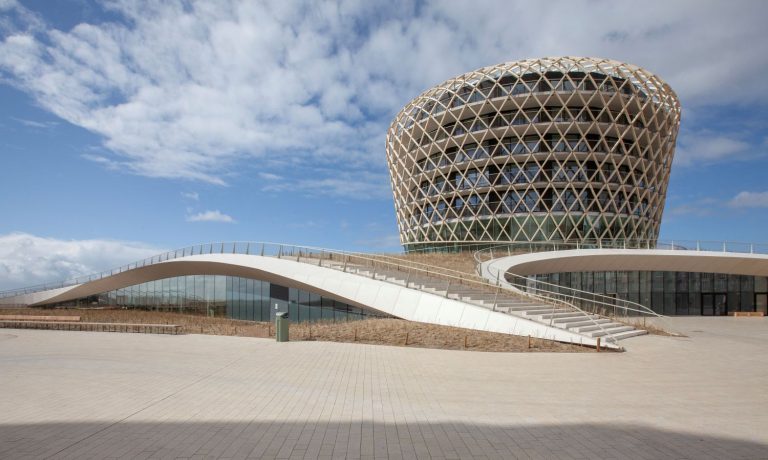With its durable products, documented environmental performance and efficient manufacturing processes, Duravit offers dependable solutions for sustainable architecture.
Currently durability, resource-efficiency, and transparent product information are essential requirements in architecture. Key to the realisation of sustainable construction projects are dependable materials, transparent environmental standards, and responsible partners. When it comes to planning sustainable buildings, Duravit’s product range impresses both in terms of design, but also its sustainable qualities – which are documented, certified, and manufactured with the future in mind.
Certified transparency for sustainable planning
Environmental product declarations (EPDs) mean that Duravit can provide substantive information about the environmental impact of its products. The EPDs document the entire lifecycle – from sourcing raw materials through production and use right up to disposal – and enables sound decision-making at the planning stage. They comply with the standards ISO 14025 and EN 15804, are audited by independent institutions while also serving as a solid foundation for integration into common building certifications such as LEED, or BREEAM.
Through this process, Duravit is able to create maximum transparency for product selection and planning certainty for the realisation of sustainable concepts.

Sustainability starts with the material
The basis of any long-lasting product is the material. Duravit’s sanitary ceramic is based on natural raw materials such as kaolin, clay, quartz, and feldspar – formed, glazed, and fired at over 1,200°C. This produces robust, hygienic surfaces that are easy to clean and have a long useful life – ideal for projects in private buildings as well as properties with heavy footfall. A further benefit for planners is the lifetime guarantee on many ceramic parts and the long-term spare-part availability meaning that sustainable use is ensured for years to come. Sanitary acrylic and the DuroCast® mineral material round off the portfolio with durable, recyclable options.
Resource-efficient production
Duravit sets standards in production – with energy-efficient manufacturing processes, systematic recycling of materials, and ongoing optimisation of the carbon footprint. The complete bathroom manufacturer produces many ceramic products each day at its Hornberg site. Adhering to strict quality standards keeps the reject quota particularly low.
The company is currently building a new plant in Canada which is due to come on stream at the end of 2025 and promises almost entirely climate-neutral manufacturing. At the Schenkenzell site, Duravit’s bathroom furniture production is PEFCcertified (PEFC/04-31-2357) and uses wood from sustainably managed forests. Wood waste from production is used to generate heat.


